Satanic symbols have long been a subject of intrigue, fear, and controversy. These symbols are associated with Satanism, occult traditions, and esoteric practices. While some people perceive them as dark or malevolent, others see them as representations of free will, rebellion, and spiritual enlightenment. This article delves into the most well-known Satanic symbols, their meanings, historical roots, and how they are used in modern culture.
The History of Satanic Symbols
The use of symbols related to Satanism dates back to ancient civilizations, where they were often associated with mystical and religious practices. Many of these symbols were later adopted or reinterpreted by different groups, including medieval occultists, modern Satanic organizations, and even popular culture. While some symbols have origins in Christian demonology, others stem from pagan traditions, alchemy, or the philosophical works of notable thinkers such as Aleister Crowley and Anton LaVey.
Common Satanic Symbols and Their Meanings
1. The Inverted Pentagram (⛧)
The inverted pentagram is one of the most recognized Satanic symbols. It features a five-pointed star with two points facing upward. Historically, the pentagram was used in various religions, including Christianity, to symbolize protection. However, the inverted version is often associated with Satanism, representing the rejection of divine authority and the embrace of earthly desires.
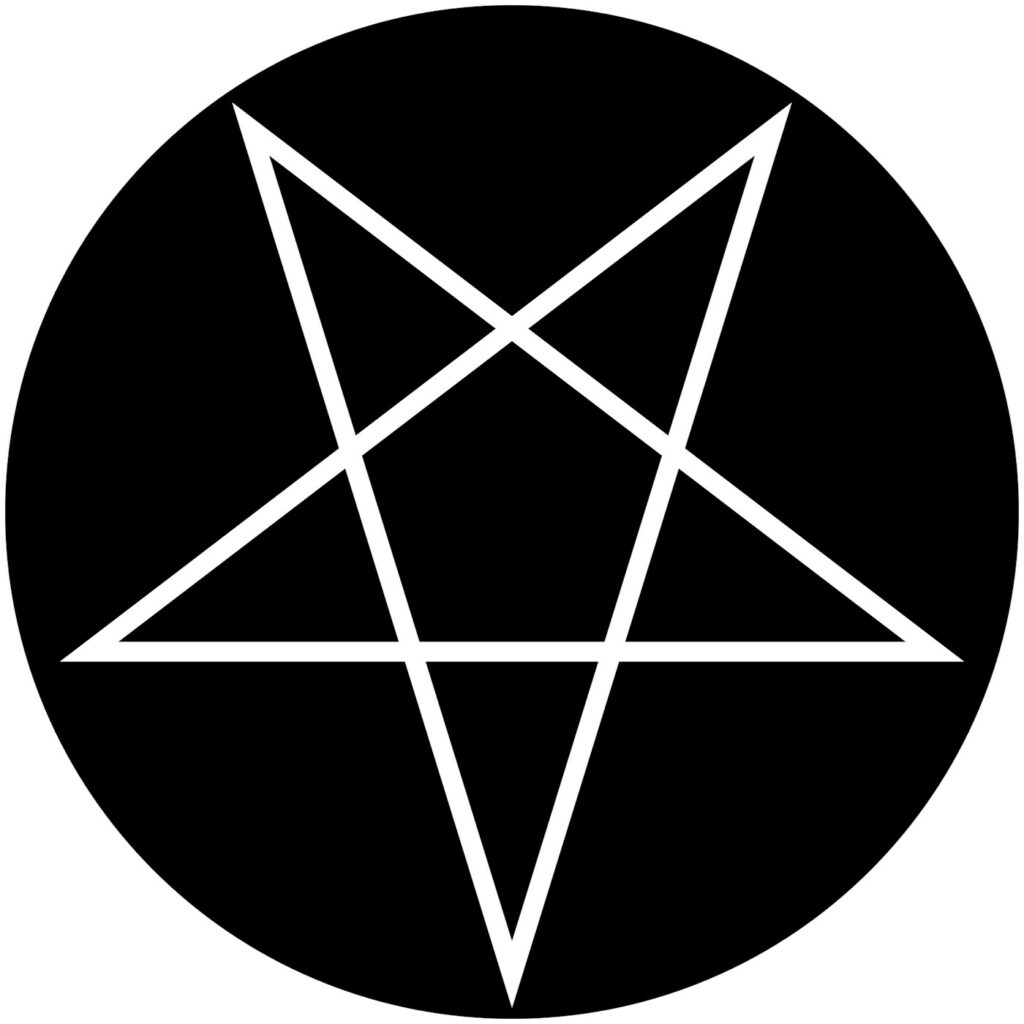
Meaning: Power, rebellion, and the dominance of the material over the spiritual.
2. The Sigil of Baphomet
The Sigil of Baphomet is the official symbol of the Church of Satan, founded by Anton LaVey in 1966. It consists of an inverted pentagram with a goat’s head inside and Hebrew letters spelling “Leviathan” around it. Baphomet, a goat-headed figure, is often linked to Satanism, though its origins date back to the Templars and later, occultist Éliphas Lévi.

Meaning: The balance of opposites, knowledge, and free will.
3. The Leviathan Cross (Satan’s Cross)
The Leviathan Cross consists of a double cross with an infinity symbol below it. Though mistakenly attributed to alchemists as the “philosopher’s sulfur symbol,” modern Satanists have adopted it to represent their rejection of religious doctrine. See more: Cross Symbols.
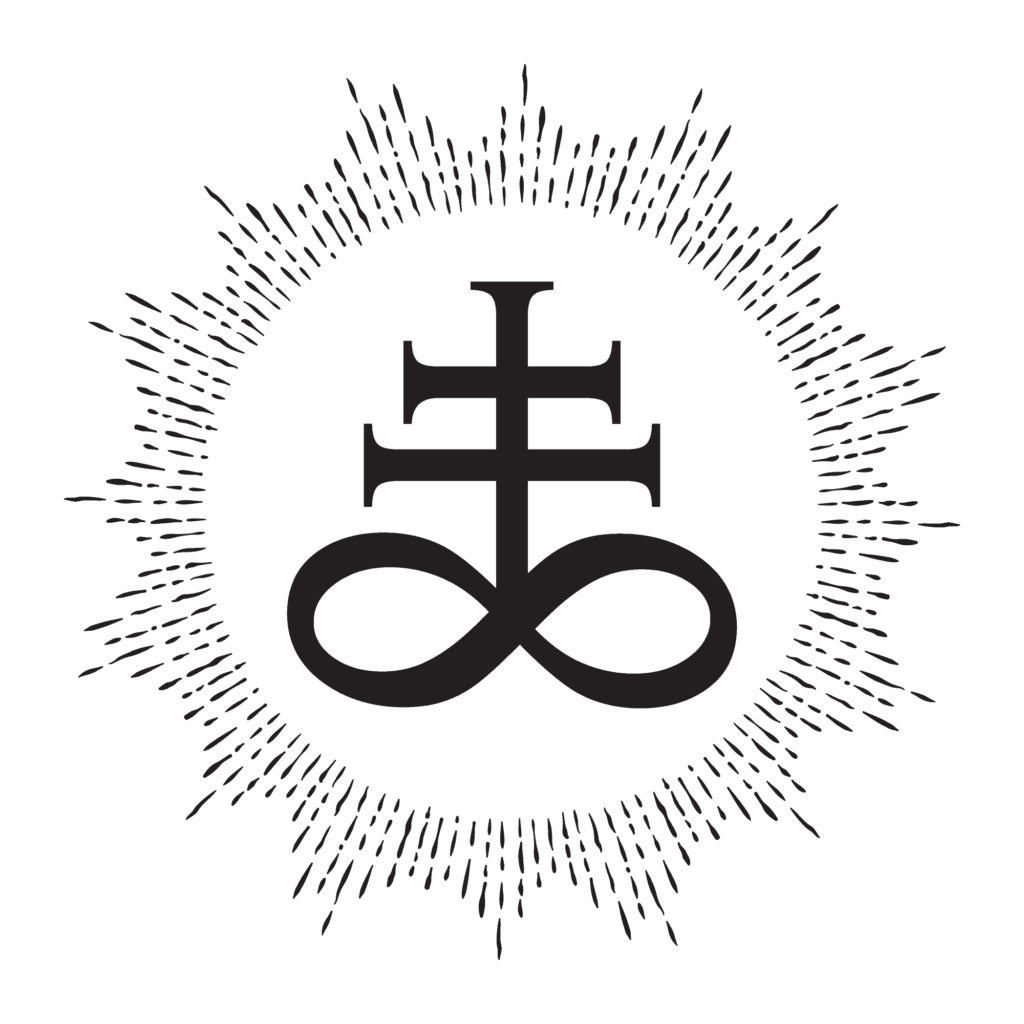
Meaning: Eternal wisdom, questioning of religious authority, and self-empowerment.
4. The Number 666
Often called the “Number of the Beast,” 666 originates from the Bible’s Book of Revelation. It has been historically linked to the Antichrist and demonic forces. However, in Satanism, it is sometimes embraced as a symbol of human nature and earthly existence.
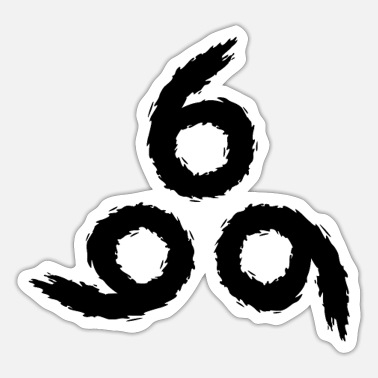
Meaning: Defiance against Christian interpretations of good and evil.
5. The Black Sun (Schwarze Sonne)
The Black Sun is an esoteric symbol consisting of twelve radial sig runes. While its roots are associated with Germanic mysticism, it has been co-opted by various occult and Satanic groups. See more: Sun Symbols.
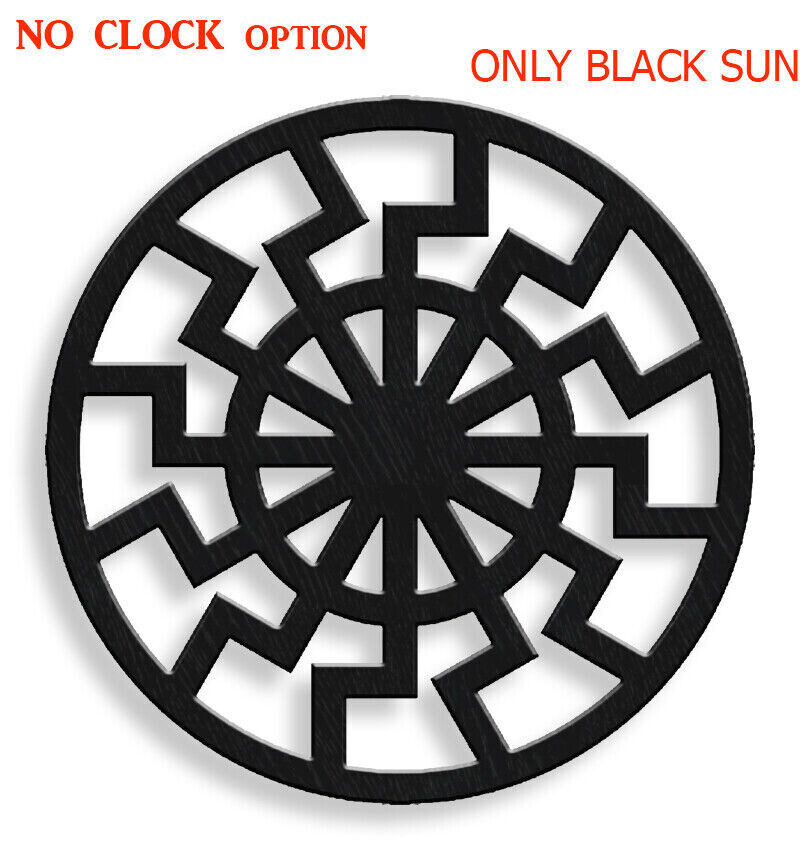
Meaning: The pursuit of hidden knowledge and inner enlightenment.
6. The Unicursal Hexagram
Popularized by Aleister Crowley and Thelema, the Unicursal Hexagram is a six-pointed star drawn with a single unbroken line. Unlike the traditional hexagram (Star of David), this symbol emphasizes unity and dynamic movement.
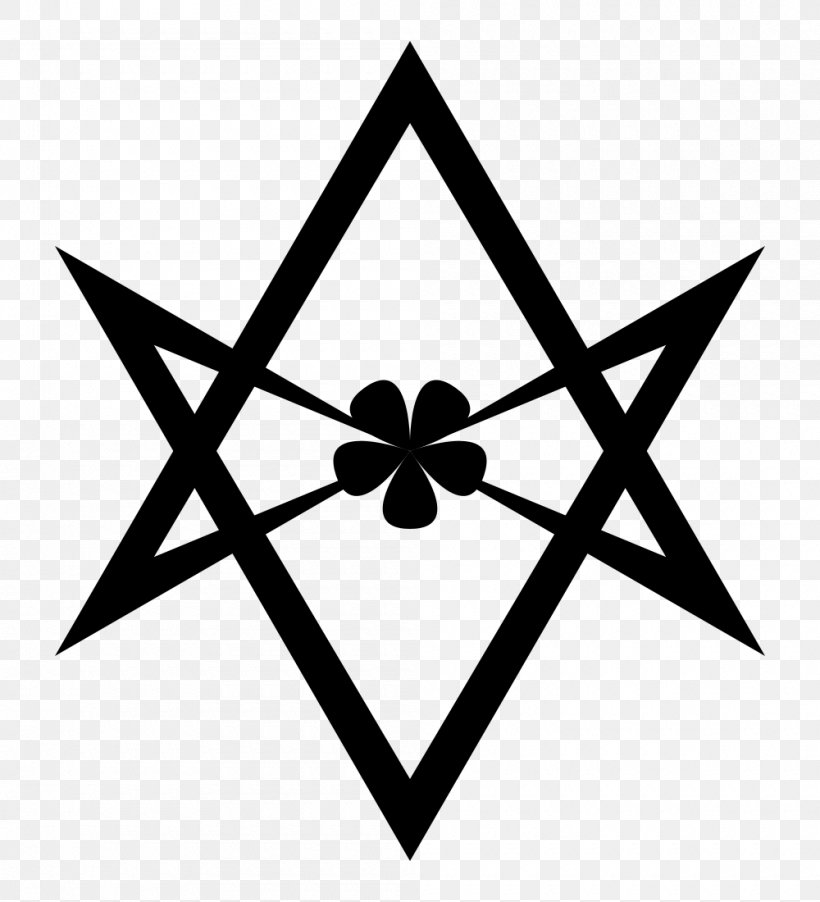
Meaning: The unity of opposites, personal power, and spiritual ascension.
7. The Inverted Cross
While often seen as an anti-Christian symbol, the inverted cross (St. Peter’s Cross) was originally a Christian symbol representing humility. However, in Satanic and occult contexts, it signifies the rejection of Christian values.
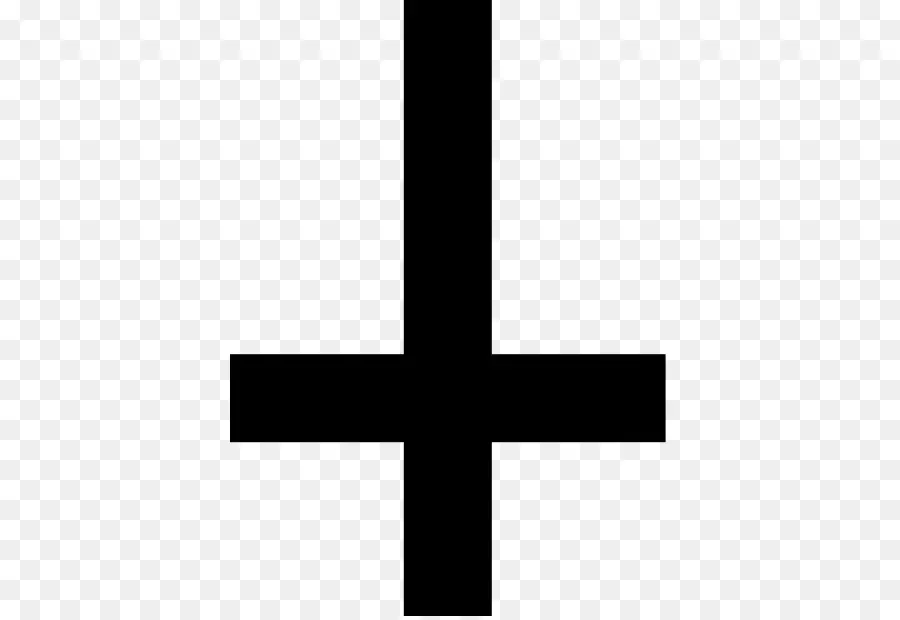
Meaning: Defiance against religious authority and dogma.
8. The Eye of Lucifer
This symbol represents the all-seeing eye associated with Lucifer, often depicted as a single eye within a triangle. It is commonly linked to enlightenment and individualism.

Meaning: Knowledge, personal awakening, and rebellion against oppression.
Satanic Symbols in Popular Culture
Satanic imagery has permeated modern music, literature, films, and fashion. From heavy metal album covers to horror movies and even political movements, these symbols continue to evoke mystery and intrigue. Bands like Black Sabbath and Marilyn Manson have used them for shock value, while TV shows and films incorporate them to create an eerie or rebellious aesthetic.
Misconceptions and Controversies
Many Satanic symbols are misunderstood due to their association with evil and malevolence. However, modern Satanism, particularly LaVeyan Satanism, does not promote worship of an actual devil but rather emphasizes individualism, rational thought, and freedom from religious dogma. Some groups use these symbols for purely philosophical or artistic purposes rather than engaging in dark rituals or harmful practices.
Final Words
Satanic symbols, whether used in spiritual, philosophical, or cultural contexts, remain powerful emblems of defiance, knowledge, and self-empowerment. While often controversial, they continue to captivate those who seek to challenge traditional beliefs and explore alternative spiritual paths. Understanding these symbols beyond their stereotypical portrayals can provide insight into the complexities of human belief systems and cultural expression.
